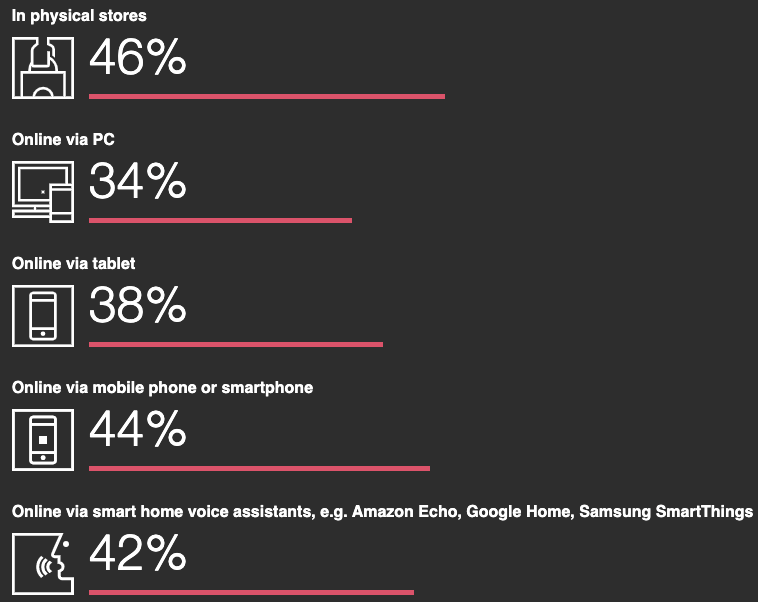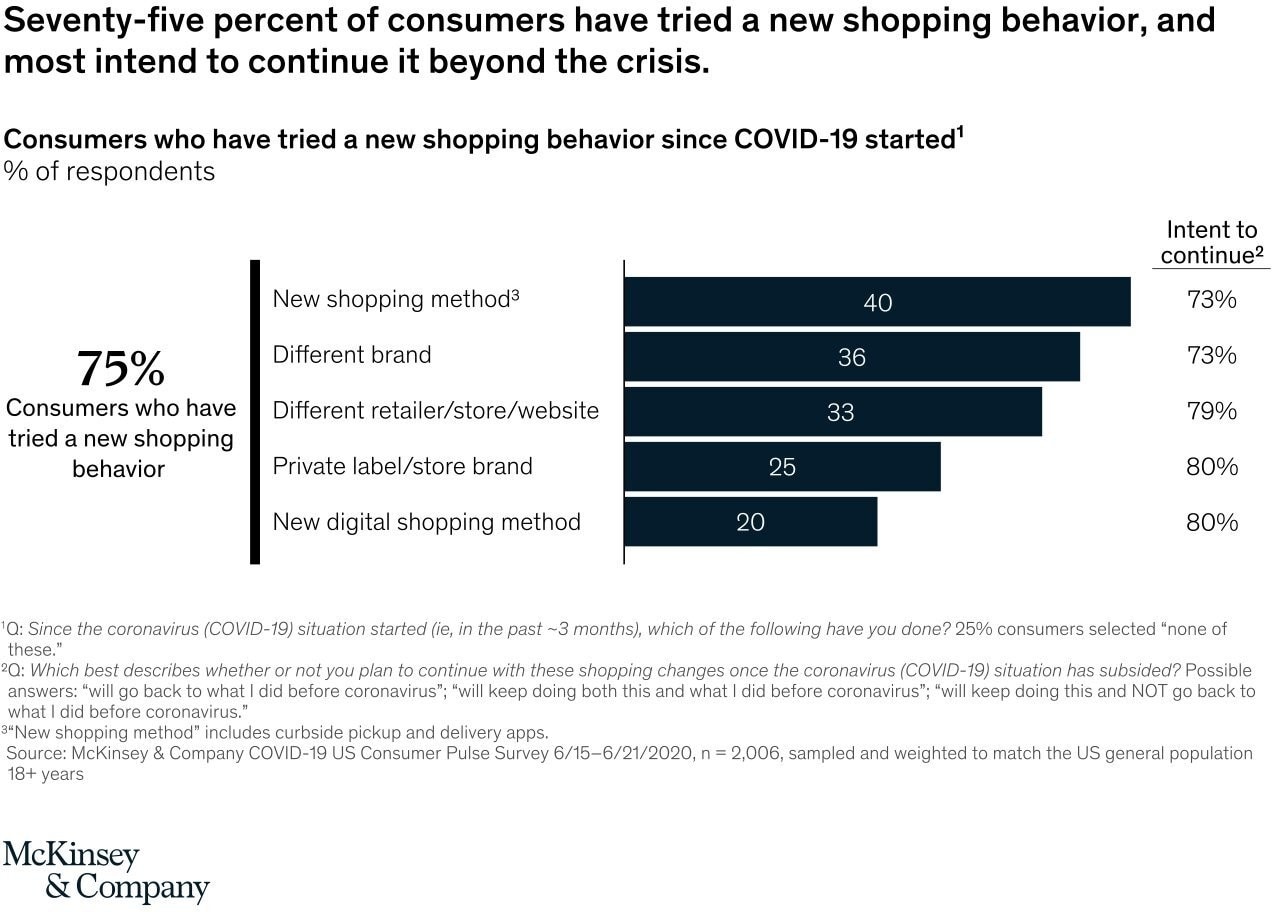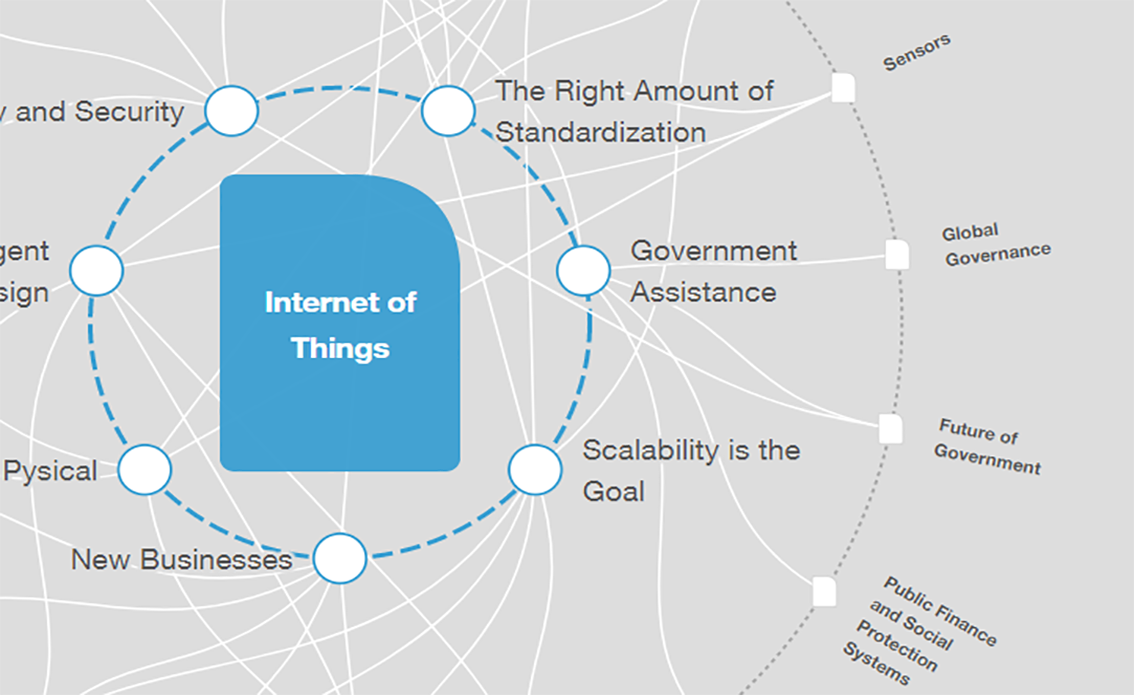The pandemic has changed consumer behaviour forever - and online shopping looks set to stay

More and more consumers are ordering goods online. Image: REUTERS/Danish Siddiqui
- Consumer shift to digital channels will remain after the pandemic -PwC report.
- Customer loyalty has plummeted, with buyers switching brands at unprecedented rates.
- The use of smartphones for online shopping has more than doubled since 2018.
Billions of people affected by the COVID-19 pandemic are driving a “historic and dramatic shift in consumer behaviour” – according to the latest research from PwC.
The consulting and accounting firm's June 2021 Global Consumer Insights Pulse Survey reports a strong shift to online shopping as people were first confined by lockdowns, and then many continued to work from home. Other trends in this shift towards digital consumption include online shoppers being keen to find the best price, choosing more healthy options and being more eco-friendly by shopping locally where possible.
Another significant finding from the report is that consumers do not think they’ll go back to their old ways of shopping once the pandemic is over.
A consumer pivot to digital and devices
More than 8,600 people across 22 territories took part in PwC’s survey. They were asked how often, in the past 12 months, they had bought clothes, books and electronics using a range of shopping channels.
The chart below illustrates their answers, and shows a shift to digital and a growing trend for shopping using connected devices such as smartphones, tablets and smart voice assistants such as Amazon Echo, Google Home and Samsung SmartThings.

More than 50% of the global consumers responding to the June 2021 survey said they had used digital devices more frequently than they had six months earlier, when they had taken part in a prior PwC survey. The report also finds the use of smartphones for shopping has more than doubled since 2018.
EDISON Alliance: What is the Forum doing to close the digital gap?
Medicines and groceries on demand
A survey of US consumers by McKinsey & Company gives a more detailed breakdown of the shift to digital shopping channels and the kinds of purchases consumers are making.
The survey found a 15-30% overall growth in consumers who made purchases online across a broad range of product categories. Many of the categories see a double-digit percentage growth in online shopping intent, led by over-the-counter medicines, groceries, household supplies and personal care products.
And McKinsey noted that “consumer intent to shop online [post-pandemic] continues to increase, especially in essentials and home-entertainment categories”.
A decline in brand loyalty
With consumers shopping from their sofas and home offices, another trend flagged up by McKinsey is a marked decline in brand loyalty.
In total, 75% of US consumers have tried a new shopping behaviour and over a third of them (36%) have tried a new product brand. In part, this trend has been driven by popular items being out of stock as supply chains became strained at the height of the pandemic. However, 73% of consumers who had tried a different brand said they would continue to seek out new brands in the future.
What is the World Economic Forum doing to manage emerging risks from COVID-19?
Healthy, hygienic and sustainable
The trend towards online shopping has also seen consumers focus on staying healthy during long periods in lockdown. McKinsey notes a desire to reduce touchpoints to ensure greater hygiene with the shopping experience.
One enterprise in the US has tapped into these trends to provide a service for shopping online at a range of farm shops local to the buyer. To qualify for the FarmMatch scheme, farmers must grow their food using sustainable methods.
As the world navigates its way out of the pandemic, the way we all act as consumers has been changed fundamentally by COVID-19. The research points to this change becoming permanent, leaving retailers and manufacturers with the challenge of attracting and retaining consumers in an 'omnichannel' world, where customer loyalty is hard-won.
Don't miss any update on this topic
Create a free account and access your personalized content collection with our latest publications and analyses.
License and Republishing
World Economic Forum articles may be republished in accordance with the Creative Commons Attribution-NonCommercial-NoDerivatives 4.0 International Public License, and in accordance with our Terms of Use.
The views expressed in this article are those of the author alone and not the World Economic Forum.
Stay up to date:
Internet of Things
The Agenda Weekly
A weekly update of the most important issues driving the global agenda
You can unsubscribe at any time using the link in our emails. For more details, review our privacy policy.
More on Health and Healthcare SystemsSee all
Michelle Meineke
November 22, 2024









